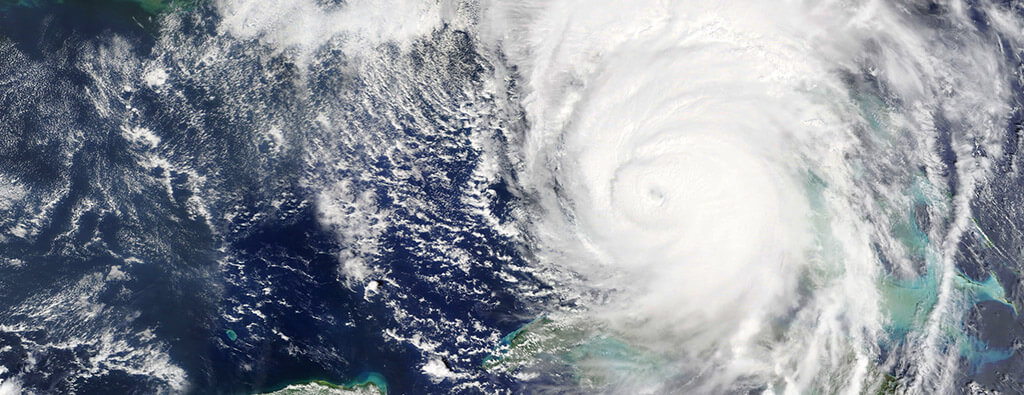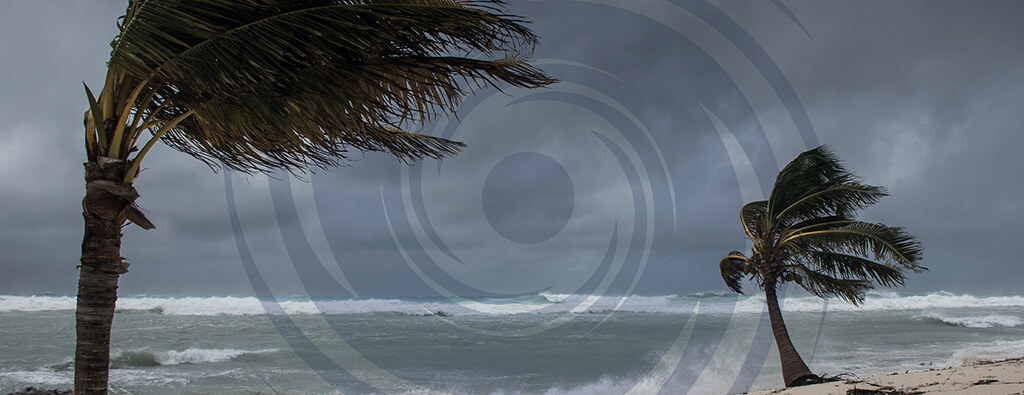La Niña and El Niño are monumental forces in the global climate system, each steering weather patterns in different directions with profound implications for our planet.
These weather phenomena are components of the El Niño-Southern Oscillation (ENSO) cycle, oscillate between the cooling effects of La Niña and the warming influence of El Niño, impacting everything from local weather conditions to global agricultural productivity and economic stability.

Knowing what to expect from these events can help governments, businesses, and individuals prepare for potential disruptions or take advantage of opportunities that may arise during these periods.
This article dissects and explains the differences between La Niña and El Niño and offers insights into their unique characteristics, and global repercussions.
Understanding La Niña

La Niña is characterized by unusually cold ocean temperatures in the Equatorial Pacific, contrary to the warm waters typically found in this region. This cooling signifies a significant shift in the Pacific Ocean’s climatic system, triggering a domino effect that influences weather patterns across the globe.
The phenomenon typically emerges every three to five years, though its frequency and intensity can vary. During La Niña events, the trade winds strengthen and further cool the ocean surface, leading to changes in precipitation and temperature patterns far beyond the Pacific.
Effects of La Niña
The impacts of La Niña worldwide are extensive and varied. In the Pacific, intensified trade winds drive warm water westward, causing increased rainfall in Southeast Asia, Australia, and the western Pacific. This benefits agriculture but raises flood and landslide risks.
Conversely, the eastern Pacific and southwestern U.S. often face drought, affecting water resources and elevating wildfire hazards. Additionally, La Niña can boost Atlantic hurricane activity due to cooler Pacific waters and altered atmospheric patterns conducive to storm formation.
La Niña’s Impact on Agriculture
La Niña’s impact on agriculture is a double-edged sword. Regions benefiting from increased rainfall may see boosts in crop yields and agricultural productivity, a boon for local economies and food supplies. However, areas subjected to drought face the challenge of water scarcity, threatening crops, livestock, and livelihoods.
Farmers and agricultural planners must navigate these variable conditions, employing innovative strategies and technologies to mitigate adverse effects and capitalize on favorable weather patterns.
Understanding El Niño

El Niño serves as La Niña’s counterbalance, significantly warming the ocean surface temperatures in the central and eastern Pacific Ocean. This warming disrupts the usual east-west rise of sea surface temperatures, weakening the trade winds and altering global atmospheric circulation patterns.
El Niño events occur at intervals of two to seven years and can last anywhere from nine months to two years.
El Niño Weather Patterns
The El Niño weather patterns often bring a shift in extreme weather conditions. El Niño can bring much-needed moisture to dry areas, reducing drought conditions and benefiting local ecosystems and agriculture.
However, this moisture can also lead to excessive rainfall and flooding, as seen in the coastal regions of South America and the southwestern United States. On the flip side, regions accustomed to regular rainfall, such as Indonesia and the western Pacific region, may suffer droughts that impact water supplies, agriculture, and forest health.
El Niño Global Impacts
Beyond its immediate global impacts, El Niño has the potential to influence global temperatures, making years with strong El Niño events among the warmest on record. These elevated temperatures can exacerbate heatwaves, degrade coral reefs, and disrupt fishing industries by altering marine habitats and the distribution of fish populations.
El Niño’s warming of ocean surface temperatures disrupts marine ecosystems and the distribution of fish populations. Warmer waters decrease nutrient-rich upwelling, reducing fish catches and affecting the livelihoods of fishing communities.
Additionally, the shift in fish distribution can require fleets to travel further, increasing operational costs and reducing profitability. Tourism is also impacted by El Niño due to the extreme weather conditions it can bring. These conditions deter tourists, impacting destinations known for outdoor activities, beaches, or nature exploration.
Infrastructure damage from storms or flooding can disrupt travel plans, leading to cancellations and a decline in tourist arrivals. This results in decreased revenue for tourism-dependent businesses, leading to job losses and economic downturns in these regions.
Key Differences Between La Niña and El Niño
The effects of La Niña and El Niño fundamentally alter global weather patterns through their contrasting impacts on sea surface temperatures and atmospheric conditions. Here are a few key differences between the two weather patterns that define their unique identities and dictate their distinct effects on the world’s climate.
| Factors/Impact | La Niña | El Niño |
|---|---|---|
| Hurricane Activity | Enhances hurricane activity in the Atlantic due to lower sea surface temperatures and reduced wind shear, creating conducive conditions for storms to develop and intensify. | Tends to suppress Atlantic hurricane activity due to warmer sea surface temperatures and increased wind shear, which can disrupt the formation of storms. |
| Vertical Wind Shear | Decreases vertical wind shear over the Atlantic Ocean. Wind shear refers to the change in wind speed and direction with height in the atmosphere. Lower wind shear is conducive to hurricane development and intensification because it allows the storm structure to remain vertically aligned and organized. | Increases vertical wind shear across the Atlantic basin. The stronger wind shear disrupts the vertical structure of developing cyclones, making it difficult for them to organize and intensify. This shear can tilt the hurricane vortex or blow the top off, which significantly weakens or dissipates storms. |
| Rainfall and Flooding | Brings wetter conditions to the western Pacific, Indonesia, and parts of South America, increasing the risk of flooding in these regions. | Leads to increased precipitation in the central and eastern Pacific regions, including parts of the United States, reducing drought conditions but potentially causing flooding and landslides. |
| Drought and Water Scarcity | Leads to drier and warmer conditions in the southern United States and parts of East Africa, raising concerns over drought and water scarcity. | Results in drier conditions in the western Pacific and parts of South America, impacting water resources, agriculture, and fire risk. |
It’s crucial for meteorologists, climate scientists, policymakers, and communities around the globe to grasp the significant distinctions between La Niña and El Niño. These distinctions allow for better prediction and preparation for the varied impacts of each phenomenon, from altering agricultural practices to implementing flood defenses and managing water resources.
Preparing for La Niña and El Niño
The dichotomy between La Niña and El Niño represents a fascinating aspect of our planet’s climate system, each with a different set of influences over global weather patterns, ecosystems, and human activities.
Understanding the key differences between these phenomena—not just in terms of their opposite effects on sea surface temperatures but also their impacts on atmospheric conditions and global weather patterns—is essential for preparing and responding to their effects.
The dynamic nature of the ENSO cycle and its profound impact on global climate underscores the need for expertise in disaster preparedness and recovery. Tidal Basin Group offers comprehensive emergency management lifecycle services including preparedness, response, recovery, and mitigation. We specialize in helping communities and organizations navigate the complexities of federally funded disaster programs.
Whether facing the droughts associated with La Niña or the flooding rains of El Niño, our team of experts are equipped to provide the guidance and support needed to mitigate these events’ impacts effectively.
Together, we can build a more resilient future.



